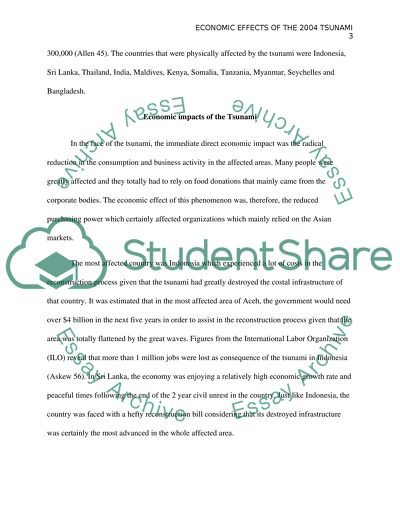Cite this document
(“ECONOMIC EFFECTS OF THE 2004 TSUNAMI Research Paper”, n.d.)
Retrieved from https://studentshare.org/geography/1449952-2004-indian-ocean-tsunami
Retrieved from https://studentshare.org/geography/1449952-2004-indian-ocean-tsunami
(ECONOMIC EFFECTS OF THE 2004 TSUNAMI Research Paper)
https://studentshare.org/geography/1449952-2004-indian-ocean-tsunami.
https://studentshare.org/geography/1449952-2004-indian-ocean-tsunami.
“ECONOMIC EFFECTS OF THE 2004 TSUNAMI Research Paper”, n.d. https://studentshare.org/geography/1449952-2004-indian-ocean-tsunami.


